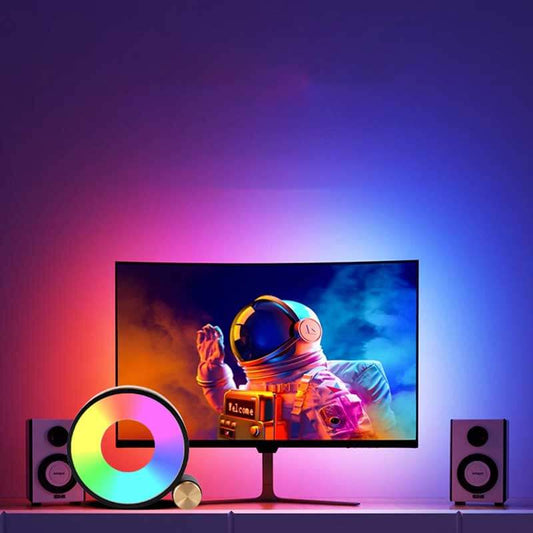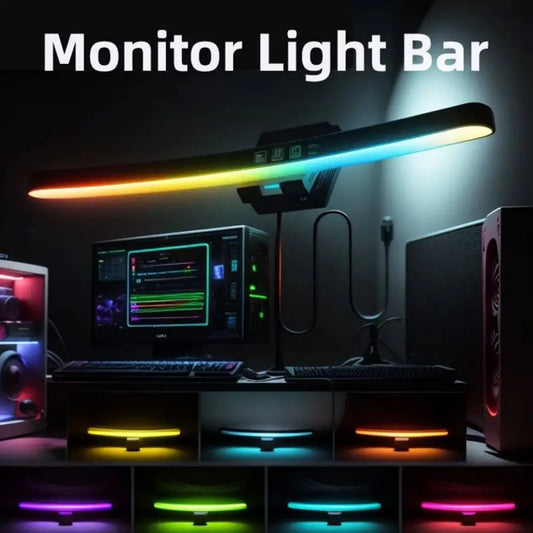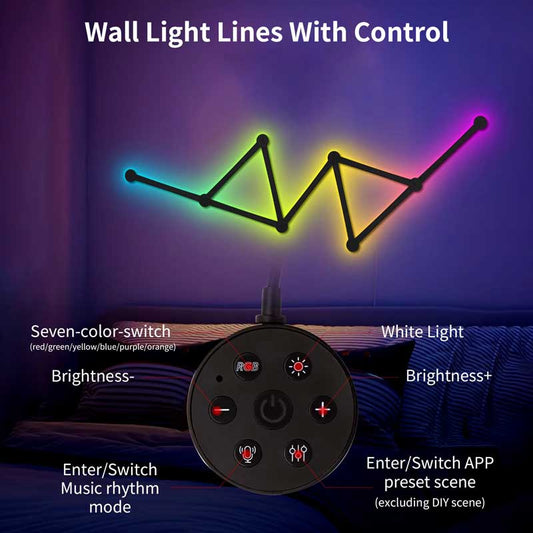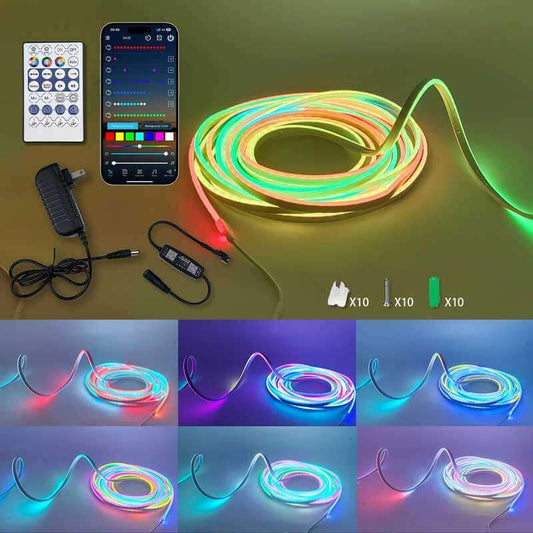What color uses the most electricity?
Partager
The color that uses the most electricity in RGB lighting is blue. Here’s why:
1. LED Characteristics
- LEDs work by emitting light when an electric current passes through a semiconductor. For RGB LEDs, each color (Red, Green, Blue) uses different amounts of energy because of the way the semiconductor materials react.
- Blue LEDs require more energy than red or green LEDs to produce the same level of brightness. This is due to the way blue light is generated at a higher energy level compared to the other colors.
2. Power Usage by Color
- Blue light typically consumes more power because the blue LED requires a higher voltage to emit light, compared to red or green LEDs.
- On the other hand, red LEDs use the least power, followed by green, with blue using the most.
3. RGB Lighting Systems
- If you're using an RGB light setup where all three colors (red, green, blue) are combined to create a range of colors, the blue component will contribute the most to power consumption when it’s at full brightness.
- For instance, pure white light in RGB systems often uses a mix of all three colors, with blue being a major contributor, making it a bit more power-hungry.
4. Energy Consideration
- If you're looking to save power, you can adjust your lighting to avoid using blue as much, or reduce the brightness of the blue setting on your RGB lights. For many users, warmer colors (like red or yellow) will consume less power while still providing an attractive lighting effect.
In summary, blue typically uses the most electricity in an RGB setup, so you can save energy by using cooler, softer colors like red or green when possible.




